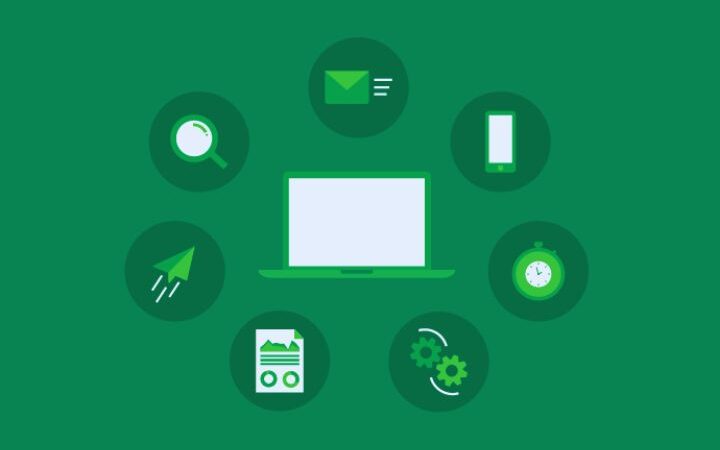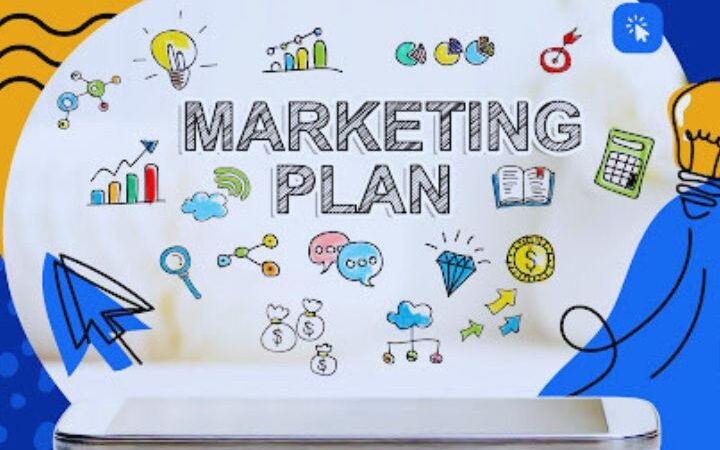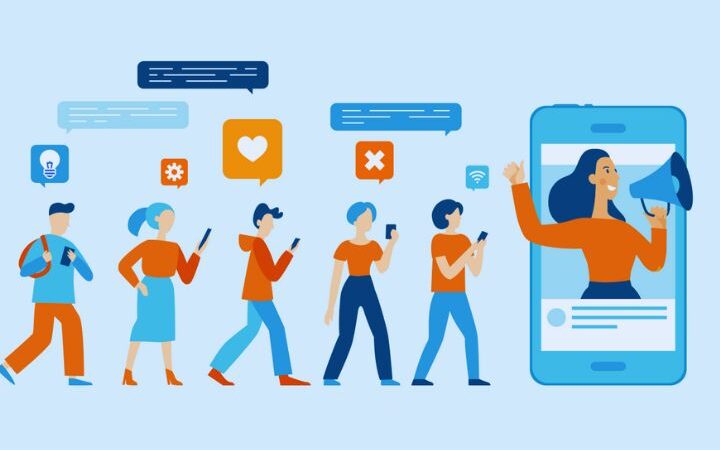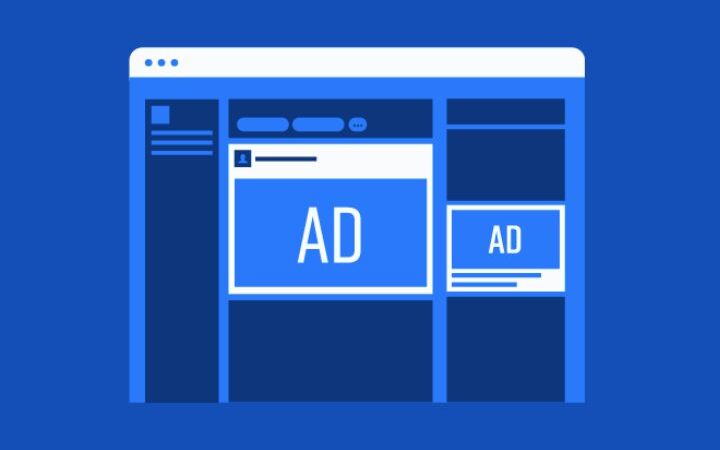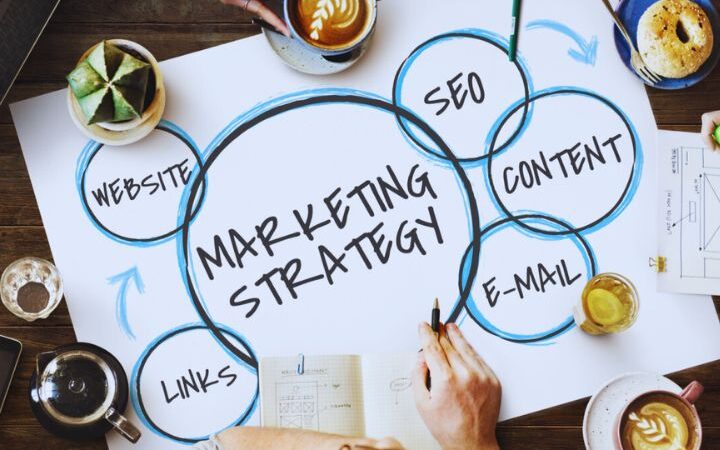What Is The Relational Marketing? Definition And Best Practices

Relationship marketing refers to marketing tactics and actions that improve communication with potential customers to guide them through the purchasing process and with current customers to continue to foster loyalty throughout their life cycle.
It is always easier to ask for something from someone if you have a good relationship with that person and if there is trust. On the other hand, if you try to ask something from someone who doesn’t know you and has never been in contact with you before, there’s a good chance you won’t be successful in getting a response!
That’s where relationship marketing comes into play, the art of knowing your customers and developing a relationship with them.
Instead of focusing on promoting your products and being overly salesy, take the time to introduce yourself, let potential clients and customers get to know you, and be available to answer their questions.
From how, why and for whom? We’ll cover everything you need to know about relationship marketing in this article!
Table of Contents
Some Context On Relationship Marketing
The main objective of relationship marketing is to develop a lasting and trusting relationship between your brand and your clients and/or prospects.
Knowledge, interest, confidence
Relationship marketing is built on the “know, interest, trust” approach, which enables you to comprehend how your customers’ connections have changed over time within a certain context.
Prior to completing a transaction, clients go through three phases:
- Know your brand
- Show a keen interest in your offering.
- Place their trust in you and decide to make the purchase
This evolution takes time and requires you to really focus on developing meaningful relationships with your customers.
A More Human Approach
These days, human to human (H2H) marketing is everything.
People no longer buy products, they buy values, a story or a brand. This is why relationship marketing is so effective and so important.
How Is Relationship Marketing Different From Traditional Marketing?
Mass messages vs. personalized conversations
While traditional marketing consists mainly of targeting large audiences with the same message, relationship marketing works in the opposite way to establish a more personalized conversation with each customer and at the right time.
To achieve this effectively, marketing automation is used to send messages triggered by specific actions performed by a user. It is also advisable to use a CRM to collect all information related to prospects and customers in order to better track interactions.
Short term vs. long term
Traditional marketing tactics typically focus more on short-term goals, such as quickly generating more sales for a specific marketing campaign.
Conversely, relationship marketing focuses on establishing a lasting connection with clients and prospects through interaction. For example, it is very useful for products with a more complex purchasing cycle and a higher price, as it helps build trust and increase customer retention.
But why does it make sense to focus more on long-term goals, such as customer retention and loyalty? Because it is generally much less expensive to maintain a loyal customer than to acquire a new one. Returning customers tend to make purchases on a more predictable and regular basis, and are much more likely to promote your business to others in their network.
Transactional vs. Relational
Traditional marketing is essentially transactional in nature (i.e. the ultimate goal is to generate a transaction, or purchase, as quickly as possible). Think ads, prospecting emails, etc. Relationship marketing, on the other hand, aims to build rapport with potential clients before attempting to close a deal.
Benefits Of Relationship Marketing
Relationship marketing simultaneously focuses on acquiring new customers and fostering greater loyalty.
Convert visitors into customers through lead nurturing
Relationship marketing begins as soon as a potential customer comes into contact with your company for the first time (for example, visiting your page, organically searching Google results, clicking on an affiliate link, etc.).
From there, you must foster and maintain that relationship to transform anonymous visitors into subscribers, prospects or customers.
You can do this by using automated workflows that send targeted messages and valuable content to get prospects closer to making a purchase. This tactic is known as lead nurturing and is part of inbound marketing.
Definition: lead nurturing
Lead nurturing is the act of sending out automatic email marketing messages to prospective clients who aren’t quite ready to buy, with the goal of building a rapport and guiding them toward a final decision. This is typically done through a series of emails offering content, resources, and information that highlights the usefulness of a product, followed by discounts or integrations with the sales process.
If you want your lead nurturing process to be effective, it must be closely linked to the key steps of the purchasing cycle. Once a user subscribes, you can begin sending emails that communicate important information about your content, brand, or product based on the recipient’s purchasing stage. As they become more interested in your brand and what you have to offer, you can start sending more specific, sales-focused messages and resources (for example: guides, case studies [for B2B], webinars, etc. .).
Measure prospect interest
Definition: lead scoring
Lead scoring is the process of giving a score to each of your contacts that reflects a level of purchasing interest or that meets the profile of your target market. You can add or subtract points from a contact based on specific actions they take on your website.
Lead scoring allows you to monitor each contact’s level of interest in completing a transaction. This is achieved by giving specific activities (such viewing the price page, adding an item to a basket, clicking on many promotional emails, etc.) a point value that denotes a higher level of interest in your product. You can then use your lead scoring to segment contacts appropriately and send messages that relate to the purchase stage the contact is in.
Extend customer lifecycle and improve loyalty
It continues throughout the customer lifecycle, working to increase loyalty and generate more purchases.
Like any other relationship, customer relationships require ongoing attention if you want them to stay with you. Maintain regular communication with them by providing information about your business, highlighting new features and changes, soliciting feedback, etc.
It is important that your customers remember you, but that you also give them something of value. This will help them have a true connection and interest in your brand and product, which will result in greater loyalty.
As we have said in this guide in one way or another, the true goal of relationship marketing is to create a connection that goes beyond a single transaction. This will allow you to have true ambassadors for your brand, which will lead to greater growth.
3 Best Practices Of Relationship Digital Marketing
Now that you have the concept of relationship marketing, it is time to talk pragmatically about how to do it well without failing in the attempt.
-
Talk to people, not “consumers.”
It’s important to make customers feel like they are more than just “consumers” and numbers in your relationship marketing strategies if you want to make a real connection. To understand relationship marketing well, you must change not only the way you talk to your customers, but also the way you think about them. Every one of your clients has unique requirements, histories, and opinions about your company. That’s why it’s very important to personalize your messages for each recipient. Small gestures like including their name in a message or sending a birthday email can make a difference. To do this, you must replace your classic mass email campaigns with automated and personalized messages, which are triggered by specific user actions and correspond to their level of interest and individual situation.
-
Segment your email lists
Separate your contacts into smaller groups or segments based on similar characteristics to create more personalized content. An example of how you could do this in practice is to separate contacts into “new leads,” “marketing qualified leads,” “sales qualified leads,” “loyal customers,” and “lead customers” based on their score on the lead scoring and where they are in the purchasing process. With segmentation, you can easily show your contacts that you’re not just sending them random messages, but that you’re taking their needs and situation into account. This makes it much more likely that they will put their trust in you and stay with you for a long time. A tip: you can also use marketing automation to automate your segmentation. Establish specific conditions to segment (for example: specific behavioral patterns or the score achieved in lead scoring).
-
Make a conversion funnel customized for the workflow of your customer.
The funnel or conversion process (also known as sales funnel) is the path that prospects follow from their first interaction with your company, when they make a purchase and until the post-sale follow-up.
Is Relationship Marketing Right For You?
We won’t keep you waiting too long, the answer is YES!
No matter what type of business you have or what industry you are in, relationship marketing is a great investment for long-term sustainable growth. Developing deeper relationships with your customers and prospects will help you be much more effective in your customer acquisition and retention efforts, ultimately leading to more profits.
To end
So, you now know what relationship marketing is, just remember what it involves:
- Structure and personalize your marketing messages to build a relationship of trust with each of your prospects and clients.
- To draw in and keep more clients, implement a long-term qualitative approach.
- Make material that is more suited to each customer’s requirements and expectations.
- For more efficient communication, create a conversion funnel that is tightly connected to the various stages of the client experience.

